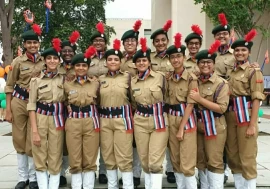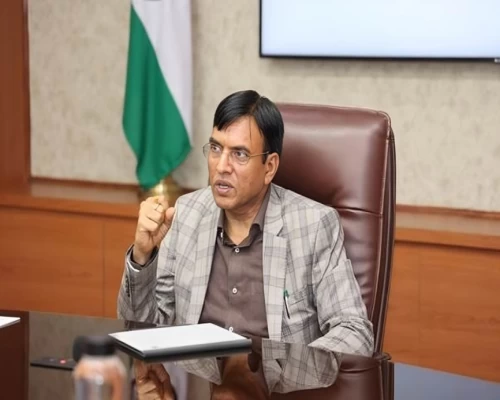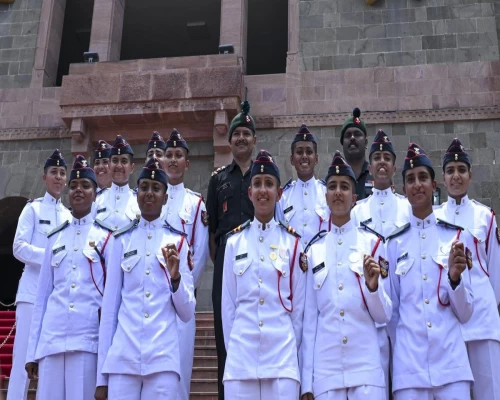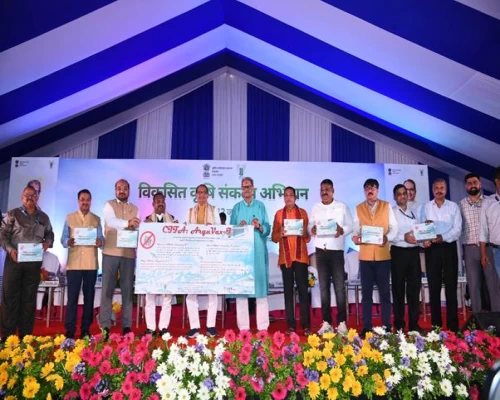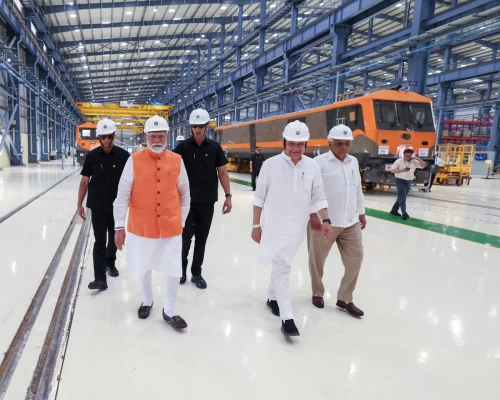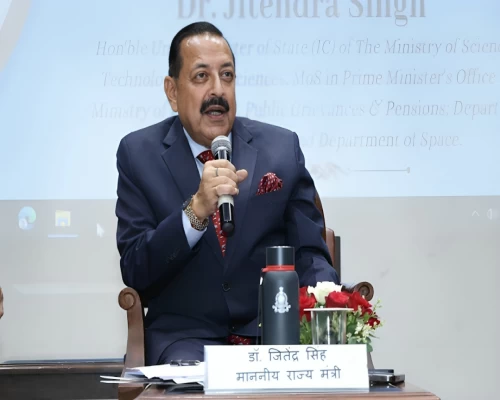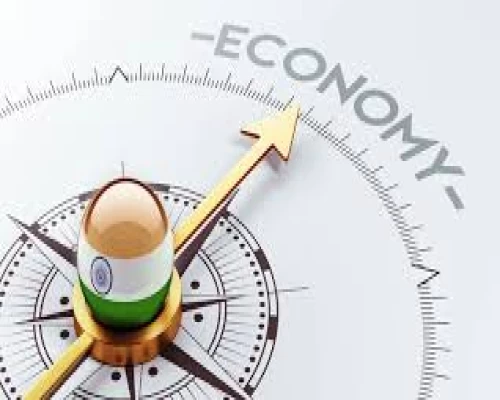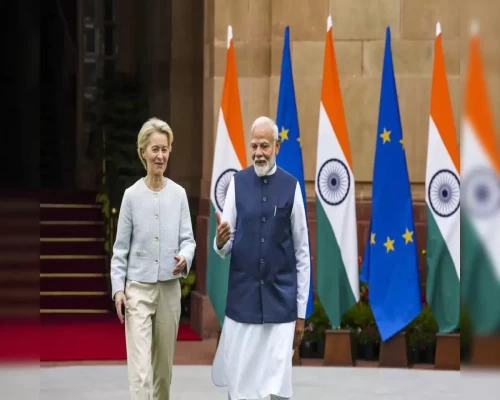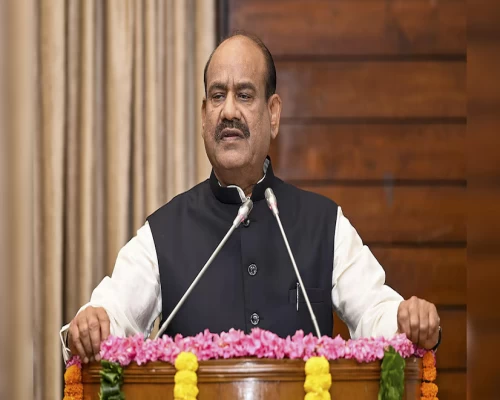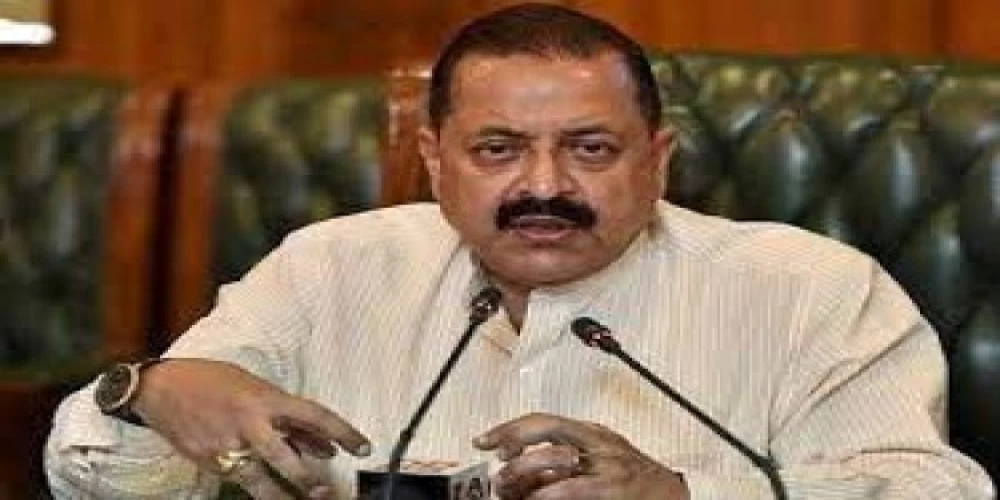
New Delhi: Union Minister of State for PMO, Personnel, Public Grievances, Pensions, Atomic Energy and Space, Dr Jitendra Singh on Thursday said that Worker Population Ratio (WPR) has increased from 46.8 per cent in 2017-18 to 52.6 per cent in 2020-21, reflecting higher engagement of people in productive activities.
In a written reply to a question in the Rajya Sabha, Dr Singh said that WPR has shown continuous upward trend in the last four years, while the Unemployment Rate (UR) has witnessed continuous declining trend since 2017-18 onward.
The official data source on Employment and Unemployment is Periodic Labour Force Survey (PLFS) which is conducted by the Ministry of Statistics & Programme Implementation (MoSPI) since 2017-18. The survey period is from July to June of next year.
He said that employment generation coupled with improving employability is the priority of the government. Accordingly, the Government of India has taken various steps to deal with the problem of unemployment in recent times.
The Minister said that the Government of India has announced the Atma Nirbhar Bharat package to provide stimulus to business and to mitigate the adverse impact of Covid-19. Under this package, the government is providing a fiscal stimulus of more than Rs 27 lakh crore. This package comprises various long-term schemes, programmes and policies for making the country self-reliant and to create employment opportunities.
The Aatmanirbhar Bharat Rojgar Yojana (ABRY) was launched with effect from 1st October, 2020 to incentivise employers for creation of new employment and restoration of loss of employment during Covid-19 pandemic. The terminal date for registration of beneficiaries was 31.03.2022. As on 28.11.2022 benefits have been provided to 60.13 lakh beneficiaries.
The Budget 2021-22 launched Production Linked Incentive (PLI) schemes, with an outlay of Rs 1.97 lakh crore, for a period of five years starting from 2021-22. The PLI Schemes being implemented by the government have potential for creating 60 lakh new jobs.
The PM GatiShakti is a transformative approach for economic growth and sustainable development. The approach is driven by seven engines, namely, Roads, Railways, Airports, Ports, Mass Transport, Waterways and Logistics Infrastructure. This approach is powered by Clean Energy and Sabka Prayas leading to huge job and entrepreneurial opportunities for all.
Pradhan Mantri Mudra Yojana (PMMY) is being implemented by the Government for facilitating self-employment. Under PMMY, collateral free loans up to Rs 10 lakh, are extended to micro or small business enterprises and to individuals to enable them to set up or expand their business activities.
As on 25.11.2022, 37.75 crore loans amounting to Rs 21.02 lakh crore have been extended to all categories of entrepreneurs in the country, since inception of the Scheme.
The government is implementing Prime Minister Street Vendor’s Atma Nirbhar Nidhi (PM SVANidhi Scheme) since June 01, 2020 to facilitate collateral free working capital loans to street vendors to restart their businesses, which were adversely impacted during the Covid-19 pandemic.
As on 8th December, 2022, 43.66 lakh loans amounting to Rs 4396.12 crore have been disbursed to 37.95 lakh beneficiaries under the scheme.
The Government of India is encouraging various projects involving substantial investment and public expenditure on schemes like Prime Minister’s Employment Generation Programme (PMEGP), Mahatma Gandhi National Rural Employment Guarantee Scheme (MGNREGS) and Deen Dayal Upadhyaya Grameen Kaushalya Yojana (DDU-GKY), Deen Dayal Antyodaya Yojana - National Urban Livelihoods Mission (DAY-NULM), etc., for employment generation.
Besides these initiatives, various flagship programmes of the government such as Make in India, Start-up India, Stand-up India, Digital India, Smart City Mission, and Atal Mission for Rejuvenation and Urban Transformation, Housing for All, etc., are also oriented towards generating employment opportunities. /BI/


